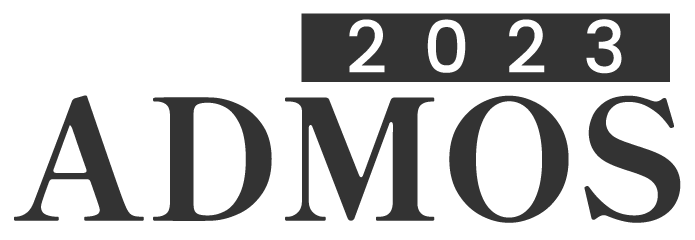

Dimension Reduction of Dynamic Superresolution and Application to Cell Tracking in PET
Please login to view abstract download link
Stars in the sky or cells in the blood stream: many imaging problems require the reconstruction of moving point sources imaged over multiple frames. The central questions are how to resolve point locations and velocities from images where fine scale information is lost, e.g. due to the diffraction of light at the aperture of an optical instrument, and how to efficiently combine information from multiple frames. In the setting of Positron Emission Tomography (PET), the TraCAR project [6] in cooperation with experts from medicine, biology and physics recently required new techniques in order to track smallest populations of so-called ”CAR T-cells”, which are modified immune cells used for cancer treatments, with the goal to better understand e.g. their interaction with the microenvironment of a tumour. We build on a model by Alberti et al. [2], who proposed to solve a convex optimization problem over the space of Radon measures, where collections of point sources are represented by linear combina- tions of Dirac measures. In order to incorporate dynamic information, these measures live in phase space, the space combining positions and velocities, which results in a high problem dimensionality and makes finding numerical solutions challenging. In [1], we introduce a novel dimension reduction technique based on projections of phase space onto lower-dimensional subspaces, which reduces the problem dimension from 2d to d + 1, where d is the space dimension. Indeed, we prove that exact reconstruction results known for the full-dimensional model still hold true after dimension reduction, and we additionally prove new error estimates for reconstructions from noisy data in optimal transport metrics, which are of the same quality as one would obtain in the non-reduced case. Similar so-called ”optimal transport” techniques have already been applied to the setting of cell tracking in PET by one of the authors [3]. We have recently implemented the above new method in the EMrecon software package [4], which allows us to apply it to real-world datasets. In this talk, we will also present some new experiments on scans from small animal PET scanners as well as on realistic PET simulations in the GATE simulator [5], in cooperation with the European Institute for Molecular Imaging [7].

